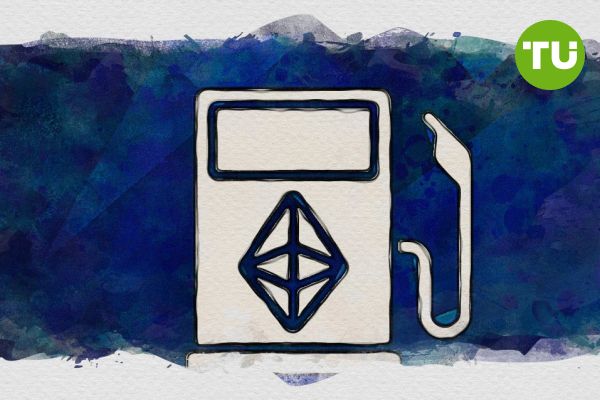Ethereum validators push gas limit past 34M, sparking network debate
 Ethereum validators push gas limit
Ethereum validators push gas limit
Ethereum validators have signaled majority approval for increasing the network’s gas limit, pushing it past 34 million for the first time since 2021.
The move, confirmed by Gaslimit.pics, a tracker monitoring validator votes, has reignited debate over Ethereum’s long-term scalability and network security, according to the Cryptopolitan.
More than 52% of Ethereum validators have supported the increase as of February 4, surpassing the threshold required for planned network changes under Ethereum’s Proof-of-Stake consensus mechanism. This allows validators to modify node configurations, enabling more transactions to be processed per block.
A Step Toward Scalability or a Risk to Stability?
Ethereum’s co-founder, Vitalik Buterin, has welcomed the change, linking it to ongoing development efforts such as EIP-4444, which aims to optimize historical data storage on the network. Buterin also highlighted the upcoming Pectra fork, scheduled for March, which is expected to introduce further upgrades, including adjustments to blob transactions.
However, the increase has drawn mixed reactions. While some community members advocate for even higher gas limits—pushing for thresholds up to 60 million—Ethereum researchers caution that such changes could lead to network instability. A December research paper warned that excessive gas limits could generate oversized blocks, exceeding the 10 MiB cap imposed by Ethereum’s consensus-layer clients, potentially crashing the network.
Developers have urged patience, advising validators to wait for additional Ethereum Improvement Proposals (EIPs) that address transaction costs and network efficiency. Ethereum client lead Giulio Rebuffo has stated that scaling Layer 1 further should come only after essential upgrades like EIP-7732 and EIP-7825 are implemented.
With Ethereum’s gas limit already past 34 million, the debate over the ideal threshold remains open, balancing the need for greater capacity with the risks of overloading the network.
Meanwhile, Germany's Deutsche Bank is developing an Ethereum Layer 2 network using ZKsync technology, according to Bloomberg. The initiative seeks to tackle regulatory challenges for financial institutions and boost transaction efficiency.













































































































































